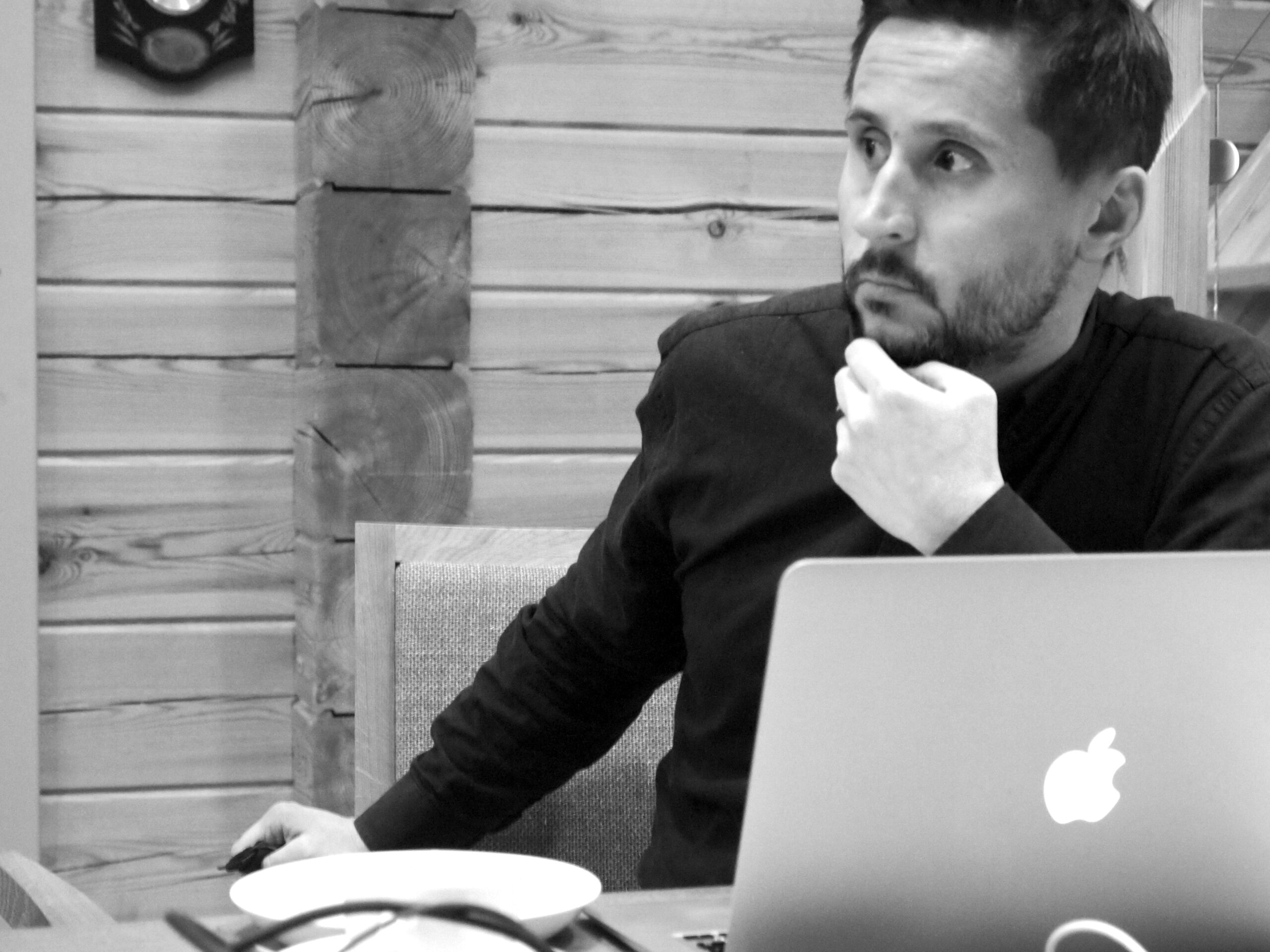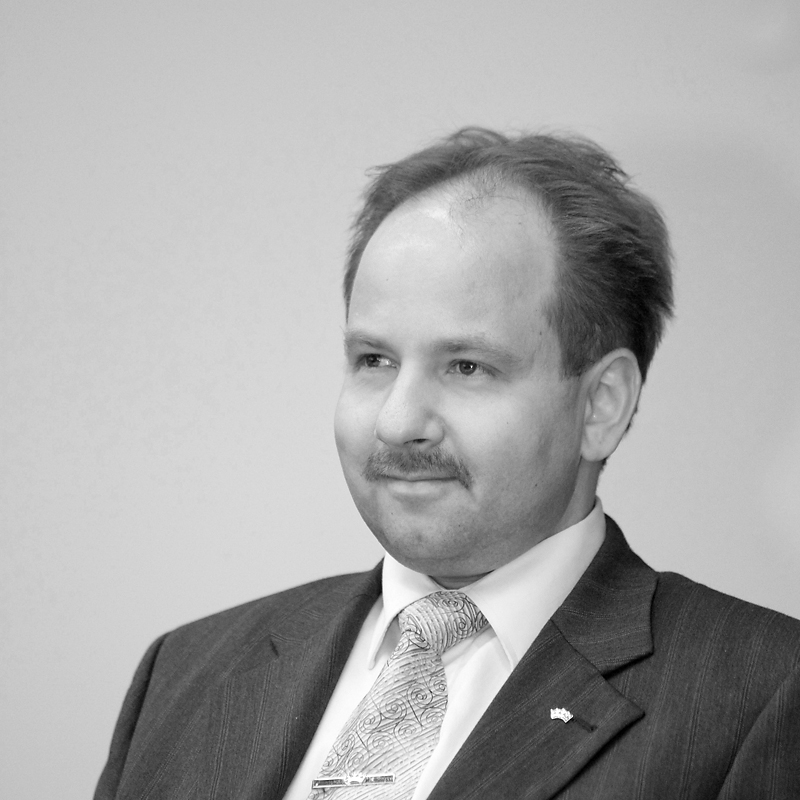“Top leaders of forest sector must commit to communicate with youth”

At an event organised to evaluate the Forest Speaks project, the question was raised whether the forest sector and its top leaders are, after all, sufficiently committed to attracting young people to study and work in the sector.Even though a lot of good work has been carried out, the work depends mostly on the personal interest and motivation of individuals.
Mr. Mikko Ampuja from the company 15/30 Research, which compiled the evaluation report, said he actually found indications that targeting young people as such might be questioned by top leaders. However, no one said this out loud, so he could not probe the reasons for this opinion.
However, it is easy to understand why targeting communication to young people is important. One only needs to look at the goals of the bioeconomy strategy for Finland. It aims at creating 100,000 new jobs in ten years, which raises the question of who is actually going to work at these jobs.
The total number of jobs means recruiting 10,000 new employees per year, while the average size of an age group in Finland is 60,000. What is more, the forest sector is not the only one to need new labour in the future.
Commitment must be strengthened

Mr. Ilari Pirttilä from the Metsämiesten Säätiö Foundation, the body mainly responsible for funding the Forest Speaks project, was worried about the sector’s commitment. “Youngsters need concrete contacts with the sector in order to become interested in it as a field to work in. However, take the Ministry of Agriculture and Forestry for example: when it comes to targeting young people, it has not set any concrete goals for the institutions within its administrative sector,” said Pirttilä.
The goals could include the number of visits by youngsters in enterprises or institutions in the sector, as well as visits of representatives of the sector in schools, and the number of events organized for youngsters. “As regards this, someone ought to be set in charge, and it could very well be the Finnish Forest Centre, which is part of the Ministry’s sector and has regional offices,” said Pirttilä.

Despite some examples to the contrary, Pirttilä also asked whether large forest companies actually consider it important to attract young people into the sector. “If they do think it is important, when are we going to hear the top leaders in the sector say it in public? Yet this would be the only way to make all organisational levels understand how important this is, and the message would certainly be heard among young people and their families as well,” said Pirttilä.
A good example of the lack of interest was the fact that the Finnish Forest Centre was ultimately not placed in charge or arranging regional youth activity when drafting the criteria of the Finnish forest certification.
We must get top leaders moving
Activating the top leaders of the sector was also one of the essential requirements discovered during the evaluation. Another was a transparent monitoring of the indicators defined for the project, such as the number of people applying to study and work in the sector.
Concern was also expressed regarding the skills level of the applicants. “It is not enough that the number of applicants is satisfactory, for we must get the best ones,” said Mr Matti Malkamäki, board member at the Metsämiesten Säätiö Foundation.
Mikko Ampuja unhesitatingly expressed the conclusion that the methods deemed to have been the best in the project must be continued and deciding about funding at a two-year interval is not sustainable. Malkamäki seconded this: “Foundations like ours’ are good for setting up projects, but if the activity continues, the funds must be derived from those who benefit from the activity, that is, the employers in the sector.”
A comparison of the goals and achievements of the Forest Speaks project shows clearly that there has been improvement across the board. Still, work remains to be done.
One of the achievements is a good cooperation network. “However, most of the stakeholders interviewed have not appointed a person in their organisation to be in charge of this activity. Very often the work is based on just one person’s willingness,” said Ampuja.
Good ideas must be disseminated
Many new and good ideas for communication have been hatched. A good example is the portfolio introducing forest sector innovations, to be used by forest industry companies when visiting schools.

The photography competition Hug a Tree attracted 700 entries. Other good ideas worth mentioning include the plastic “This pen is made of wood” pen, a stand showing new forest sector innovations at fairs, an abundance of videos to be shown during school visits and distributed in the social media, and using the QR code, Twitter and other tools of the social media among the first industry sectors in Finland.
However, disseminating good practices across the sector has not been satisfactory. This is exemplified by the fate of the co-operative model developed by Mr. Juri Laurila at the state-owned forestry company Metsähallitus.
“Since his timetable did not allow him to visit all schools in Lapland personally, he persuaded the Lapland University of Applied Sciences to send its students to schools as part of their studies. The project provided support to the students in the form of an instruction manual for the school visits,” reported Ms. Sirpa Kärkkäinen, who is in charge of the project in the Finnish Forest Association. Despite its success in Lapland, Laurila’s example has not been adopted in other regions.
Work with youth cannot be outsourced
As regards positive publicity for the forest sector, spring 2012 constituted a turning point. That was when the three large Finnish forest industry companies ran extensive advertising campaigns: UPM launched its Biofore commitments, Stora Enso its Rethink campaign and Metsä Group its campaign to launch the company’s new name and brand.
All campaigns showed an unambiguous commitment to future bioeconomy, and the Forest Speaks project people noticed their impact in their work as increasing contacts from the media, for example.
Nevertheless, Pirttilä wondered whether the sector has realised that even if it may look for support from the rest of society for many things, this is not the case with work targeted to young people. “This activity simply cannot be outsourced, it must be done by ourselves,” Pirttilä said.
This is extremely important now that the sector aims at growth with diversification. “The most talented youngsters must be persuaded to choose this sector as early as possible. They are not like grocery items that you can just pick up as and when you discover you need them,” said Pirttilä.
The Forest Speaks evaluation was based on 13 interviews with representatives of the forest sector as well as an interview with the project’s Advisory Group consisting of young people. In addition, numerous documents related to the project were reviewed.
Previously in forest.fi:
21.1.2011: Demand for forests will increase sharply in the future
Kirjoita kommentti